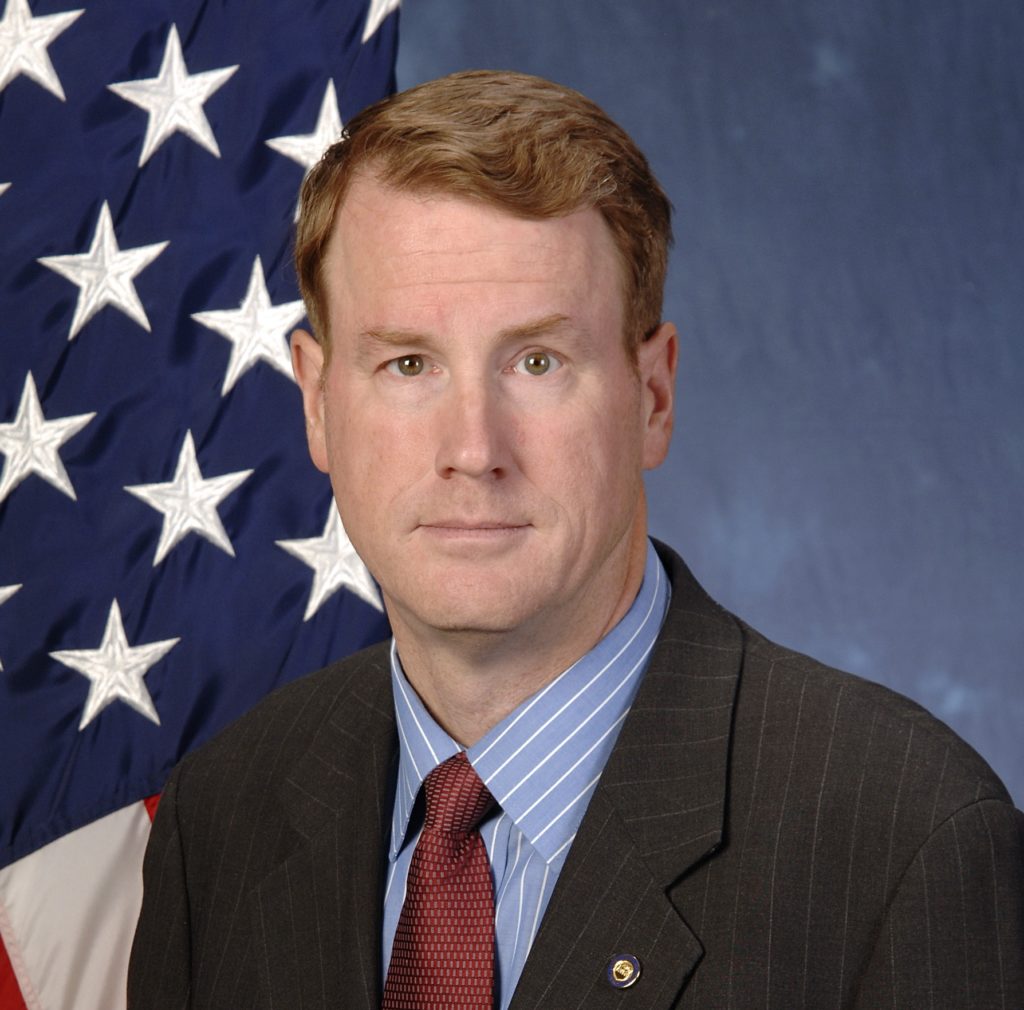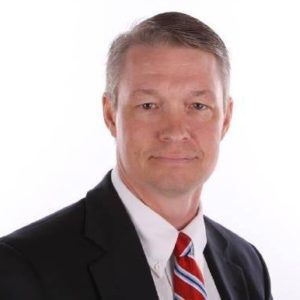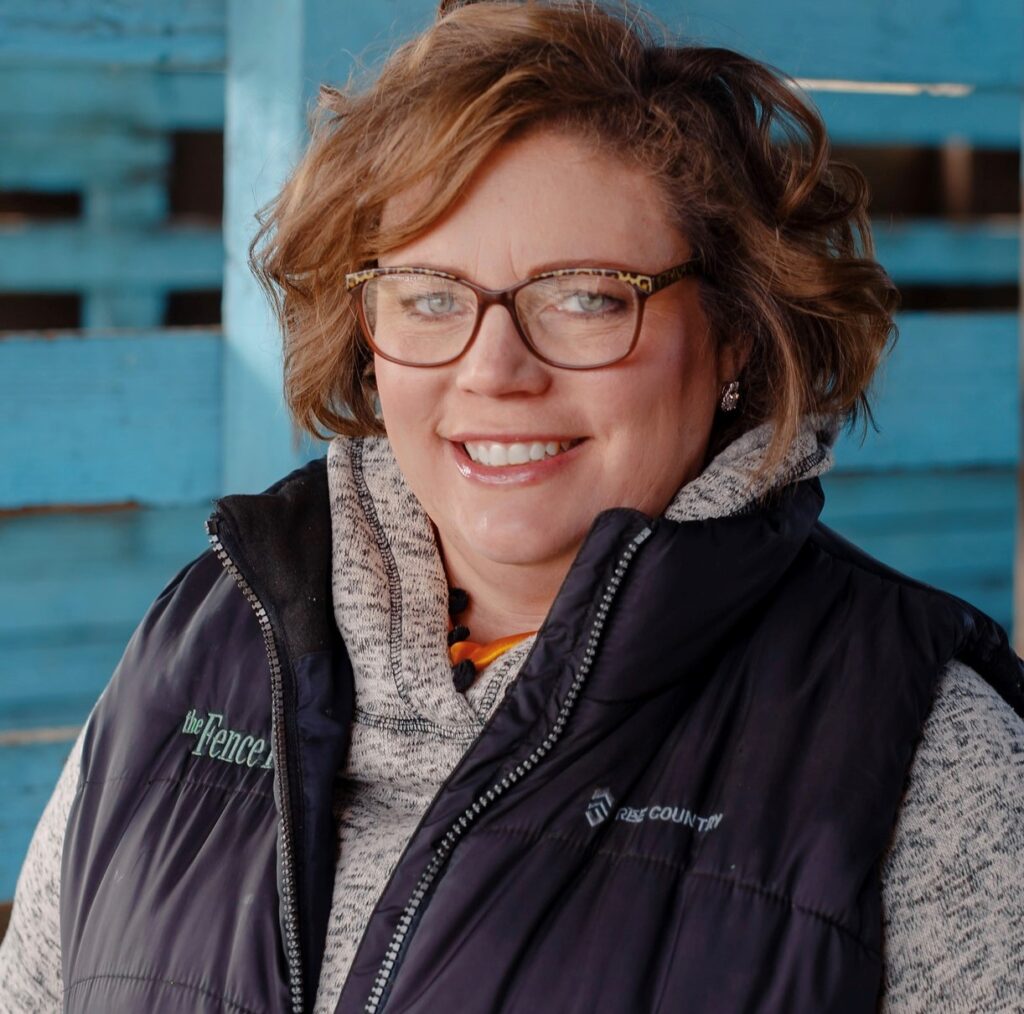Eliminate kids’ pollution exposure to enable academic progress | NOONAN

Paula Noonan
Political accountability means ensuring responsible parties make transparent decisions based on sound, comprehensive information to create responsive, effective policy. The state’s 1241 Task Force, named after legislation to study our K-12 public education accountability program, has now produced its second “final” draft report, ready for feedback.
The title of the 26-person committee is “Accountability, Accreditation, Student Performance and Resource Inequity Task Force.” If resource inequity is an equal policy emphasis, it gets shortchanged.
According to the task force report, K-12 accountability ratings “help identify high-performing districts and schools to disseminate best practices and identify low-performing schools and districts to offer direct additional resources and support or initiate corrective action if low performance persists over time.”
In the years of the K-12 accountability program, mostly the same school districts appear as high-performing schools and low-performing schools. The state could save money by using census data to identify which districts have the wealthiest populations and the poorest populations. That data would consistently pinpoint high- and low-performing schools.
Stay up to speed: Sign up for daily opinion in your inbox Monday-Friday
It’s unlikely “best practices” of high-performing schools developed for mostly wealthy, English-speaking kids surrounded by lots of culture and technology will help low-performing schools with many kids who don’t speak English, have parents working two jobs each, and not enough food or health care.
As examples, Aspen School District is one of the highest performing in the state. The median household income in the town of Aspen, based on 2023 census data, is $94,338. The median household income in Commerce City, home to Adams 14 school district, is $61,177. In Aspen, 65% of adults have a BA degree or higher and 6.2% are without health care. In Commerce City, 9.6% of adults have a BA degree or higher and 15% are without health care.
Wendy Birhanzel, co-chair of the accountability task force and superintendent of Harrison School District, says she is “well aware of how external forces impact students.” Harrison School District shows a $66,821 median household income with 30% of adults with a BA or higher degrees and 8% of residents without health care. Apparently, an additional $5,000 per year in median household income above Adams 14 can nudge a school district such as Harrison across the CDE’s accredited category. It takes $33,000 in median household income, along with all those best practices, to move a district like Aspen to its high-performing, accredited-with-distinction status.
Low income isn’t the only challenge facing Adams 14 students. These children also experience “external forces that impact students” through its proximity to Suncor refinery. Oil and gas pollution from well drilling and production and vehicle traffic fumes add to Adams 14’s position as a highly impacted community.
Adams 14 Superintendent Karla Loria described her students’ experience to the Colorado Board of Education: “Adams 14 students face, every day and night, detrimental environmental exposures that more than 90% of students across the state do not face.”
This description understates the district’s problems. She could factually assert the state has massively under-served her students because environmental pollution has not been constrained or included in accountability criteria as harmful to learning and academic growth.
Recently, the state’s Air Quality Control Division was going to permit an additional five oil and gas holding tanks at Magellan Pipeline Company across from Adams 14’s Dupont Elementary. That permit would have allowed emissions of 16.5 tons of volatile organic compounds and discharges of benzene, toluene, ethylbenzene and xylene. Local citizens vigorously objected on many grounds and Magellan ultimately withdrew its permit application. Neither the state’s Air Quality Control Division nor the Colorado Department of Education held Magellan “accountable.”
A recent study from the University of Colorado identifies one pollution element, Particulate Matter 2.5, as a producer of psychiatric disorders in children and youth. The study shows higher levels of symptoms such as depression, anxiety and conduct disorder in exposed children. Particulate pollution comes from Suncor’s emissions, among others.
These symptoms are in addition to the respiratory and cardiovascular effects that accompany PM2.5 exposures, as explained by our state’s very own Department of Public Health and Environment. Children attending Adams 14 schools have a significantly higher risk of asthma and 22% higher emergency department admissions than the rest of Adams County, according to Kids First Health Care.
Even so, the K-12 Accountability Task Force recommends changes to the program that do not address any of these problems. Adams 14 remains “on the clock” as a low-performing district needing “corrective action.” After these many years of so-called accountability, it is clear the “resource equity” principle of the state’s education system remains inequitable. CDE does not know how to support children learning under Adams 14’s conditions.
The state is unwilling to crack down on Commerce City’s polluters because, as Gov. Jared Polis notes, gasoline will cost 50 cents more per gallon if Suncor and related industries are closed down.
The state’s K-12 “corrective actions” for Adams 14 accountability are pointing in the wrong direction. The highest mission should be to eliminate these children’s pollution exposures if their academic progress is a genuine state goal.
Paula Noonan owns Colorado Capitol Watch, the state’s premier legislature tracking platform.











